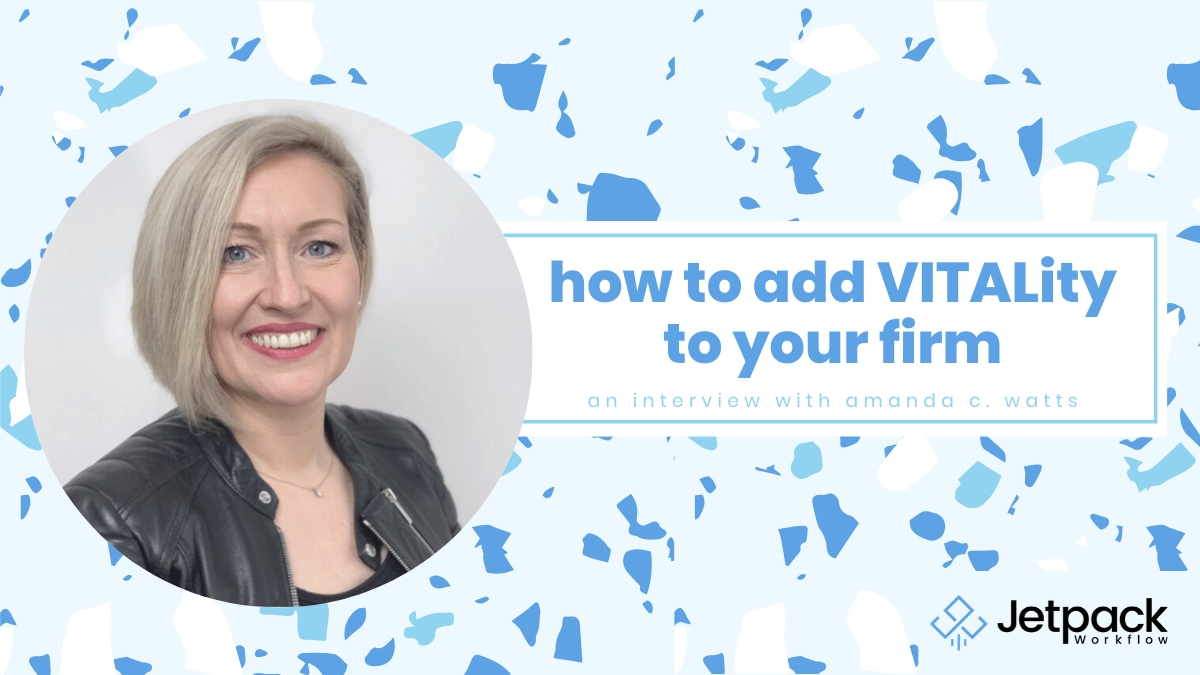Getting Your Content Noticed In The Marketplace

On this week’s Growing Your Firm podcast, we’re speaking with Katie Thomas, CPA. Katie is the founder of Leaders Online, a digital marketing agency that helps professional service providers stand out online and grow their companies. She wants to share some basics about marketing your firm that are usable for anyone, including us accountants who may not be comfortable with the whole marketing thing.
If you’re still relying on only referrals to drum up new business, this is the podcast episode for you. Take a listen and let us know what you think.
Summary
- Why accountants are timid about marketing
- Why content marketing is a good step forward into digital marketing
- Getting others to notice your content
- The power of LinkedIn hashtags
- Tools you can use to optimize your marketing, and how to use them smartly
Resources
Going Beyond Referrals By Elevating Your Online Presence Through Content
How do you start going beyond referrals? One way is through content marketing. Katie is a big fan of content marketing. Accountants have a lot of knowledge in their heads that their niche would want to know more about. The goal of the content is to show that you can take the reader from the pain they’re currently in (what they don’t know about) and take them out of it through your article, video, or whatever.
Once you have some content, the next step is promoting it wherever your niche likes to hang out online. For most of us, it’s going to be LinkedIn because that’s where B2B connections happen, but if your niche is very visual then you may need to promote on Instagram.
Now, you may be shaking your head at all this. We’ve received a lot of questions from our readers and listeners about how to promote content. It’s a big letdown to put a lot of work into a piece of content and have no one read it. That’s why Katie recommends making a promotional strategy before you start making content.
Unfortunately, there is no one-size-fits-all method for creating a strategy because everyone’s niche and goals will be different. But Katie does mention some tactics, including:
- PPC ads
- Social media ads
- Hashtag usage
- Facebook group research
- Commenting on posts
- Making videos
The important thing is to find where your ideal client likes to hang out, then communicate with them in a way that’s comfortable to the both of you.
Hashtagging and LinkedIn
Something that I learned from the interview was that you can search for hashtags in LinkedIn and find out how many people are using that hashtag before you use it. Just use the search bar at the top of the LinkedIn page to see these results. Katie gives the example that #accounting doesn’t have nearly as many followers as #accountingandaccountants.
What can you do with this information? Two things. One, you can visit other articles through those hashtags and see other hashtags people are using and the responses people have to them. Two, you get to really know who is talking a lot in your space on those topics. These are targets to engage with to find prospects and, potentially, your ideal clients.
If you take the time to interact with these thought leaders online, by commenting, paying attention, and sharing your own content, you can get them to feel like you notice them. That, in turn, will get you noticed. This is a much better way of getting your content noticed by the community than just posting it online and hope Google makes you lucky.
Tools That Can Help
Katie also recommended a lot of tools you can use to help optimize your marketing. Some of these include:
Keywords Everywhere – This is a freemium browser add-on for Chrome and Firefox that shows search volume, cost-per-click, and competition on keywords. It also provides “people also search for” data. This information can be used to help you find out other keywords that you can use for topic brainstorming.
Why is this important? If your goal is to drive traffic to your site, you need to focus on topics and keywords that your audience wants to read about. This plugin will show you what people are actually searching for so you can target your content appropriately.
That’s not to say that you can’t write a topic that’s dear to your heart or that you want people to know about, but if the topic doesn’t align with your marketing strategy then you may not get the results you want from that piece.
Speaking of keywords, beware of using language that’s too technical for your audience. You know a lot of fancy accounting terms but your audience will not. Your content needs to be written on their level and use keywords and search terms that they would use.
TubeBuddy – If video is your thing, then TubeBuddy is another tool for you to try out. This is a freemium browser extension that integrates with YouTube to help you optimize your videos so that when people search for topics related to your video you’ll appear on the first page. It will show you what tags to use and how many people are searching for your topic. Katie recommends picking terms that don’t have a ton of search volume to maximize your chances, at least while you’re a small channel.
Speaking of video, your smartphone likely has an awesome camera already built in, especially if it’s an iPhone. If you want to make your videos look great, use that camera and sit in front of a window with natural light on you. For audio, use a plug-in mike for the phone that you can clip onto your shirt. Even a cheap one on Amazon will do better than the one built into the phone. These three tips will help make your beginner videos look much better.
Katie talks about a third tool in the podcast, but you’ll have to listen to it to get the information on that one! Thanks again to Katie Thomas for her time and her awesome tips.







